Home>Gardening & Outdoor>Landscaping Ideas>How Often To Mow The Grass
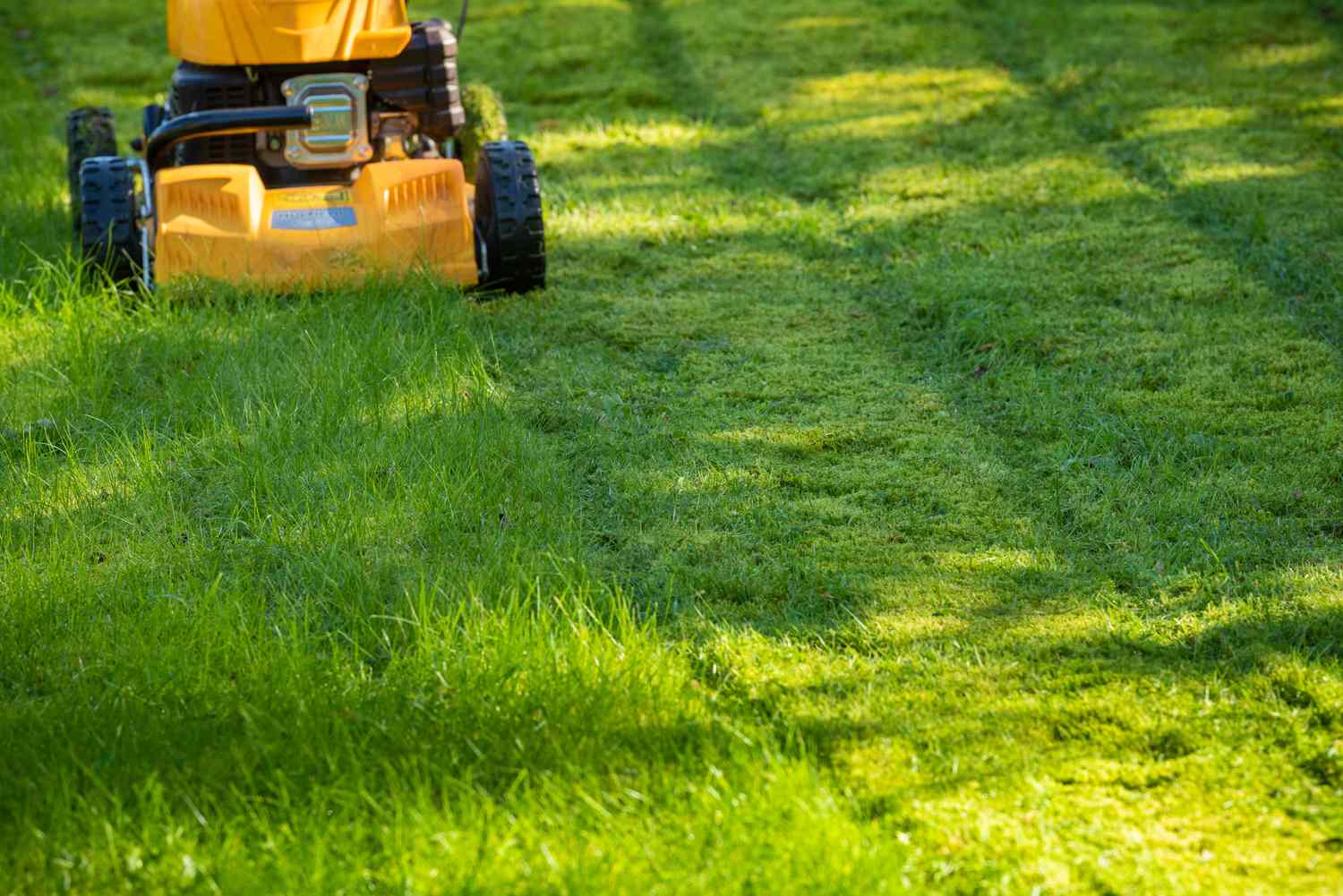

Landscaping Ideas
How Often To Mow The Grass
Published: January 24, 2024
Discover the best landscaping ideas and tips for maintaining a lush lawn. Learn how often to mow the grass and keep your yard looking its best.
(Many of the links in this article redirect to a specific reviewed product. Your purchase of these products through affiliate links helps to generate commission for Storables.com, at no extra cost. Learn more)
Introduction
Read more: How Often To Mow Grass
Introduction
Maintaining a lush, vibrant lawn requires regular care and attention, and one of the most fundamental aspects of lawn maintenance is mowing the grass. However, determining the frequency of mowing can be a perplexing task for many homeowners. The ideal mowing schedule is influenced by various factors, including the type of grass, season, and growth rate. Understanding these factors is crucial for achieving a well-groomed lawn that enhances the overall aesthetics of your property.
Mowing the grass not only contributes to the visual appeal of your lawn but also promotes healthy growth and discourages weed infestation. By grasping the nuances of mowing frequency, you can ensure that your lawn remains a verdant oasis that beckons you to relax and unwind amidst its natural splendor.
In the following sections, we will delve into the key factors that influence mowing frequency, explore the specific recommendations for cool-season and warm-season grasses, and provide valuable insights to help you establish an effective mowing routine. Whether you are a seasoned lawn care enthusiast or a novice homeowner seeking to elevate the beauty of your outdoor space, this comprehensive guide will equip you with the knowledge needed to make informed decisions about mowing your grass. Let's embark on this journey to discover the art and science of mowing for a stunning, healthy lawn.
Key Takeaways:
- Mowing frequency for cool-season grasses like Kentucky bluegrass and fescue should be every 5 to 7 days during peak growth seasons to maintain optimal height and prevent dense growth.
- Warm-season grasses such as Bermuda grass and Zoysia grass also require mowing every 5 to 7 days during peak growth season to encourage lateral spread and prevent excessive height.
Factors to Consider
When determining the frequency of mowing your lawn, several crucial factors come into play. Understanding these factors is essential for tailoring a mowing schedule that aligns with the unique needs of your grass and the prevailing environmental conditions. By considering these aspects, you can optimize the health and appearance of your lawn while minimizing the potential for damage or stress.
Growth Rate: The growth rate of your grass is a primary consideration when establishing a mowing schedule. Different grass species exhibit varying growth patterns, with some growing rapidly during certain seasons. Monitoring the growth rate enables you to adapt your mowing frequency to accommodate periods of vigorous growth and dormancy.
Seasonal Variations: The changing seasons exert a profound influence on lawn growth and health. In spring, grass often experiences a surge in growth, necessitating more frequent mowing to maintain an optimal height. Conversely, during the hot and dry conditions of summer, grass may grow more slowly, allowing for longer intervals between mowing sessions. Understanding the seasonal dynamics of your local climate is crucial for adjusting your mowing frequency accordingly.
Weather Conditions: Weather fluctuations, such as rainfall and temperature, directly impact grass growth. Periods of abundant rainfall and moderate temperatures can spur rapid growth, prompting more frequent mowing. Conversely, dry spells may cause grass to enter a dormant state, reducing the need for frequent mowing sessions.
Grass Type: The type of grass in your lawn significantly influences its mowing requirements. Cool-season grasses, such as Kentucky bluegrass and fescue, have distinct growth patterns and optimal mowing heights compared to warm-season grasses like Bermuda grass and Zoysia grass. Understanding the specific characteristics of your grass type is essential for determining the most suitable mowing frequency.
Optimal Mowing Height: Each grass species has an ideal mowing height that promotes healthy growth and resilience. Maintaining the appropriate mowing height not only enhances the visual appeal of your lawn but also contributes to its overall well-being. Deviating from the recommended mowing height can compromise the health of the grass and diminish its aesthetic allure.
By carefully considering these factors, you can develop a tailored mowing regimen that fosters the optimal growth and appearance of your lawn. In the subsequent sections, we will explore the specific mowing frequency recommendations for cool-season and warm-season grasses, empowering you to cultivate a thriving and picturesque lawn.
Cool-Season Grasses
Cool-season grasses, well-suited to regions with cold winters and moderate summers, exhibit distinct characteristics that influence their mowing requirements. Common cool-season grasses include Kentucky bluegrass, fescue, and perennial ryegrass. Understanding the unique traits of these grasses is pivotal for establishing an effective mowing schedule that promotes their health and visual appeal.
Growth Pattern: Cool-season grasses typically experience vigorous growth in the spring and fall, thriving in cooler temperatures. During these periods, it is essential to adjust your mowing frequency to accommodate the increased growth rate. Regular mowing during these seasons helps maintain an optimal height and prevents the grass from becoming overly dense, which can impede air circulation and sunlight penetration, leading to potential disease issues.
Optimal Mowing Height: For cool-season grasses, the recommended mowing height ranges from 2.5 to 4 inches, depending on the specific grass species. Maintaining the grass at this height promotes deep root development and helps it withstand environmental stressors. It is advisable to adhere to the upper limit of the mowing height range during the peak growing seasons to support the grass’s health and resilience.
Mowing Frequency: During the peak growing seasons of spring and fall, cool-season grasses often require mowing every 5 to 7 days to prevent them from becoming excessively tall. However, it is crucial to adjust the frequency based on the actual growth rate, as environmental conditions and maintenance practices can influence the grass’s growth patterns.
By understanding the growth patterns and mowing requirements of cool-season grasses, you can implement a tailored mowing schedule that fosters their vitality and beauty. In the subsequent section, we will delve into the specific mowing frequency recommendations for warm-season grasses, providing valuable insights to help you achieve a well-groomed lawn that flourishes throughout the year.
Warm-Season Grasses
Warm-season grasses, thriving in regions with hot summers and mild winters, possess distinct characteristics that influence their mowing needs. Common warm-season grasses include Bermuda grass, Zoysia grass, and St. Augustine grass. Understanding the unique traits of these grasses is essential for establishing an effective mowing schedule that promotes their health and visual appeal.
Growth Pattern: Warm-season grasses exhibit robust growth during the hot summer months, often requiring more frequent mowing to maintain an optimal height. However, their growth rate tends to slow down during cooler periods, necessitating adjustments to the mowing frequency based on seasonal variations. Regular mowing during the peak growth season encourages lateral spread and helps create a dense, lush lawn.
Optimal Mowing Height: The recommended mowing height for warm-season grasses typically ranges from 1 to 2 inches, depending on the specific grass species. Maintaining the grass at this height promotes healthy growth and helps it withstand heat and drought stress. Adhering to the appropriate mowing height is crucial for fostering the resilience and visual appeal of warm-season grasses.
Mowing Frequency: During the peak growing season of summer, warm-season grasses often require mowing every 5 to 7 days to prevent them from exceeding the optimal height. However, it is important to adjust the frequency based on the actual growth rate, as environmental conditions and maintenance practices can influence the grass’s growth patterns. During periods of slower growth, such as in early spring and late fall, the mowing frequency may be reduced accordingly.
By understanding the growth patterns and mowing requirements of warm-season grasses, you can implement a tailored mowing schedule that fosters their vitality and beauty. In the subsequent section, we will explore the specific mowing frequency recommendations for both cool-season and warm-season grasses, providing valuable insights to help you achieve a well-groomed lawn that flourishes throughout the year.
Read more: How Often Should Bermuda Grass Be Mowed
Mowing Frequency Recommendations
Establishing the ideal mowing frequency is crucial for nurturing a healthy and visually appealing lawn. By adhering to the recommended mowing intervals based on the specific characteristics of your grass type and the prevailing environmental conditions, you can optimize the overall well-being of your lawn while enhancing its aesthetic allure. Let’s explore the mowing frequency recommendations for both cool-season and warm-season grasses, empowering you to cultivate a thriving and picturesque lawn throughout the year.
Cool-Season Grasses
For cool-season grasses, such as Kentucky bluegrass, fescue, and perennial ryegrass, the recommended mowing frequency during the peak growth seasons of spring and fall is every 5 to 7 days. This frequent mowing helps maintain the grass at an optimal height, promotes lateral spread, and prevents it from becoming excessively dense, which can impede its health and appearance. However, it is essential to adjust the mowing frequency based on the actual growth rate, as environmental factors and maintenance practices can influence the grass’s growth patterns.
Warm-Season Grasses
For warm-season grasses like Bermuda grass, Zoysia grass, and St. Augustine grass, the recommended mowing frequency during the peak growth season of summer is also every 5 to 7 days. This frequent mowing encourages lateral spread, helps create a dense, lush lawn, and prevents the grass from exceeding the optimal height. During periods of slower growth, such as in early spring and late fall, the mowing frequency may be reduced accordingly to align with the grass’s growth patterns and seasonal variations.
It is important to emphasize that these mowing frequency recommendations serve as general guidelines, and adjustments may be necessary based on specific factors such as local climate, soil conditions, and grass cultivars. Regular monitoring of the grass’s growth rate and visual appearance enables you to fine-tune the mowing frequency, ensuring that your lawn remains healthy, vibrant, and impeccably groomed.
By incorporating these mowing frequency recommendations into your lawn care routine, you can cultivate a verdant oasis that beckons with its lush beauty and invites you to savor the joys of outdoor living. In the subsequent section, we will conclude our exploration of mowing frequency, summarizing the key insights and empowering you to embark on a journey of lawn care mastery.
Mow your grass once a week during the growing season to maintain a healthy and tidy lawn. Adjust frequency based on growth rate and weather conditions.
Conclusion
Embarking on the journey of maintaining a stunning lawn involves a nuanced understanding of mowing frequency and its intricate relationship with the unique characteristics of cool-season and warm-season grasses. By delving into the art and science of mowing, you have gained valuable insights that will empower you to cultivate a thriving and picturesque lawn throughout the year.
From the vigorous growth of cool-season grasses in spring and fall to the robust expansion of warm-season grasses during the hot summer months, you have explored the distinct growth patterns that necessitate tailored mowing schedules. By aligning the mowing frequency with the specific needs of your grass type and the prevailing environmental conditions, you can optimize the health and visual appeal of your lawn while minimizing the potential for damage or stress.
Understanding the factors that influence mowing frequency, such as growth rate, seasonal variations, weather conditions, grass type, and optimal mowing height, is pivotal for crafting a mowing regimen that fosters the vitality and beauty of your lawn. By carefully considering these factors and fine-tuning your mowing frequency based on the grass’s growth rate and visual appearance, you can curate a verdant oasis that exudes natural splendor and beckons you to revel in its lush embrace.
By incorporating the specific mowing frequency recommendations for both cool-season and warm-season grasses into your lawn care routine, you are poised to embark on a journey of lawn care mastery. Regular monitoring of the grass’s growth rate and visual appearance enables you to refine your mowing schedule, ensuring that your lawn remains a captivating centerpiece of your outdoor space.
As you embrace the art and science of mowing, may your lawn flourish as a testament to your dedication and expertise, inviting you to bask in the timeless pleasures of a well-groomed outdoor sanctuary. With each meticulous pass of the mower, may your lawn become a canvas of natural beauty, a testament to your commitment to nurturing the living tapestry that graces your home.
Armed with the knowledge and insights garnered from this comprehensive guide, you are poised to elevate the care of your lawn to new heights, transforming it into a verdant masterpiece that captivates the senses and rejuvenates the spirit. Embrace the journey of lawn care mastery, and may your lawn bloom with vitality and allure, enriching your life with the timeless joys of nature’s splendor.
Frequently Asked Questions about How Often To Mow The Grass
Was this page helpful?
At Storables.com, we guarantee accurate and reliable information. Our content, validated by Expert Board Contributors, is crafted following stringent Editorial Policies. We're committed to providing you with well-researched, expert-backed insights for all your informational needs.

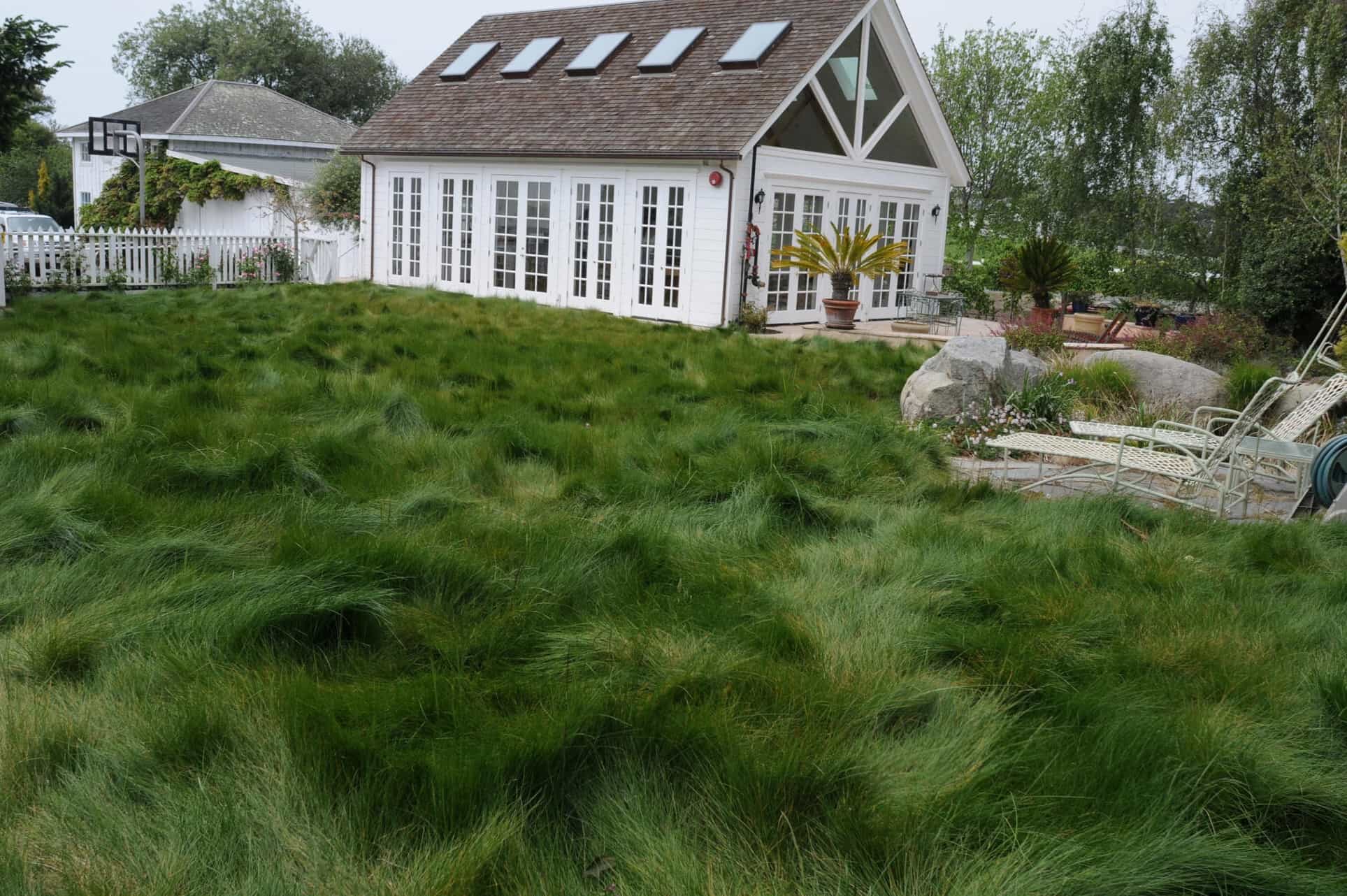
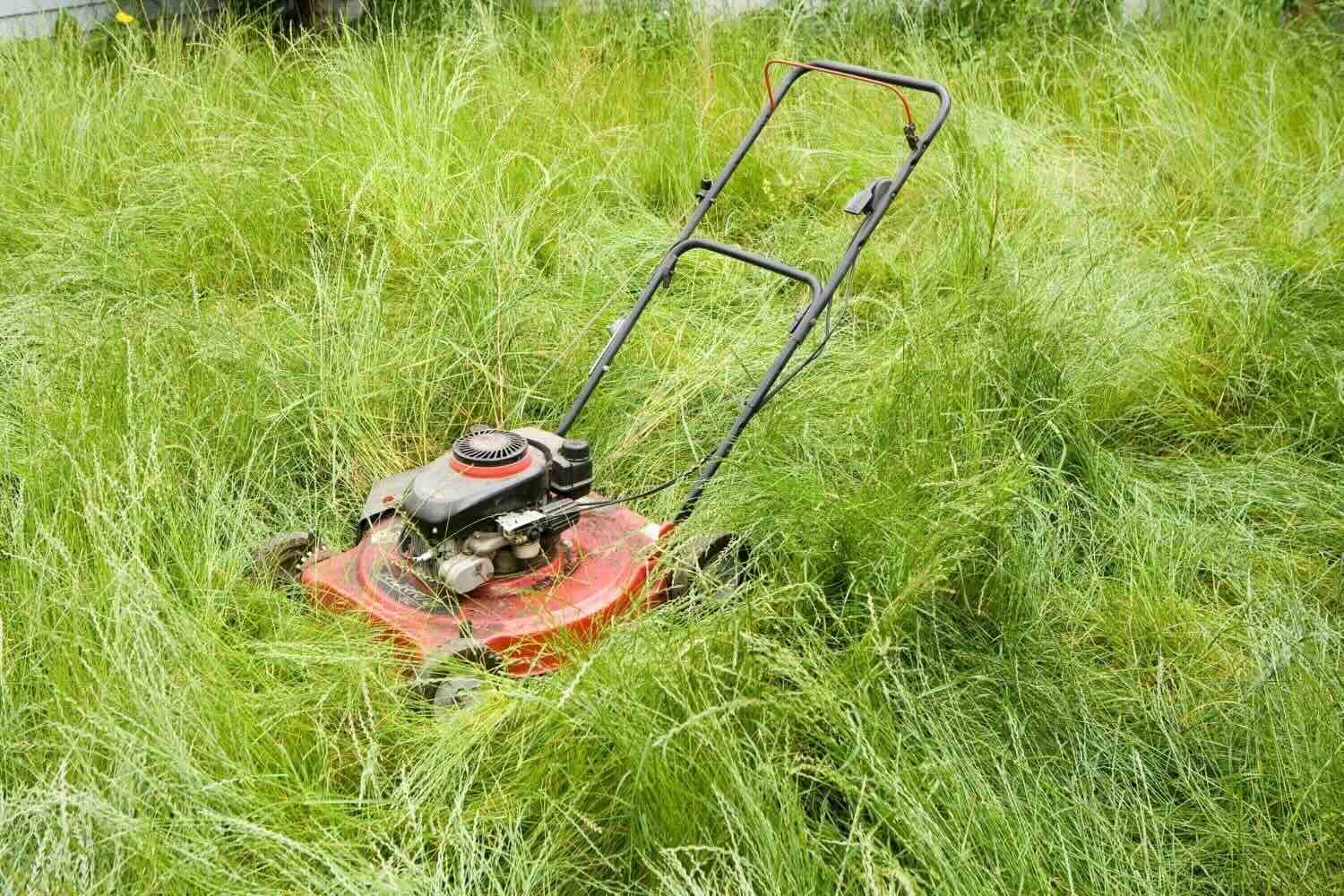
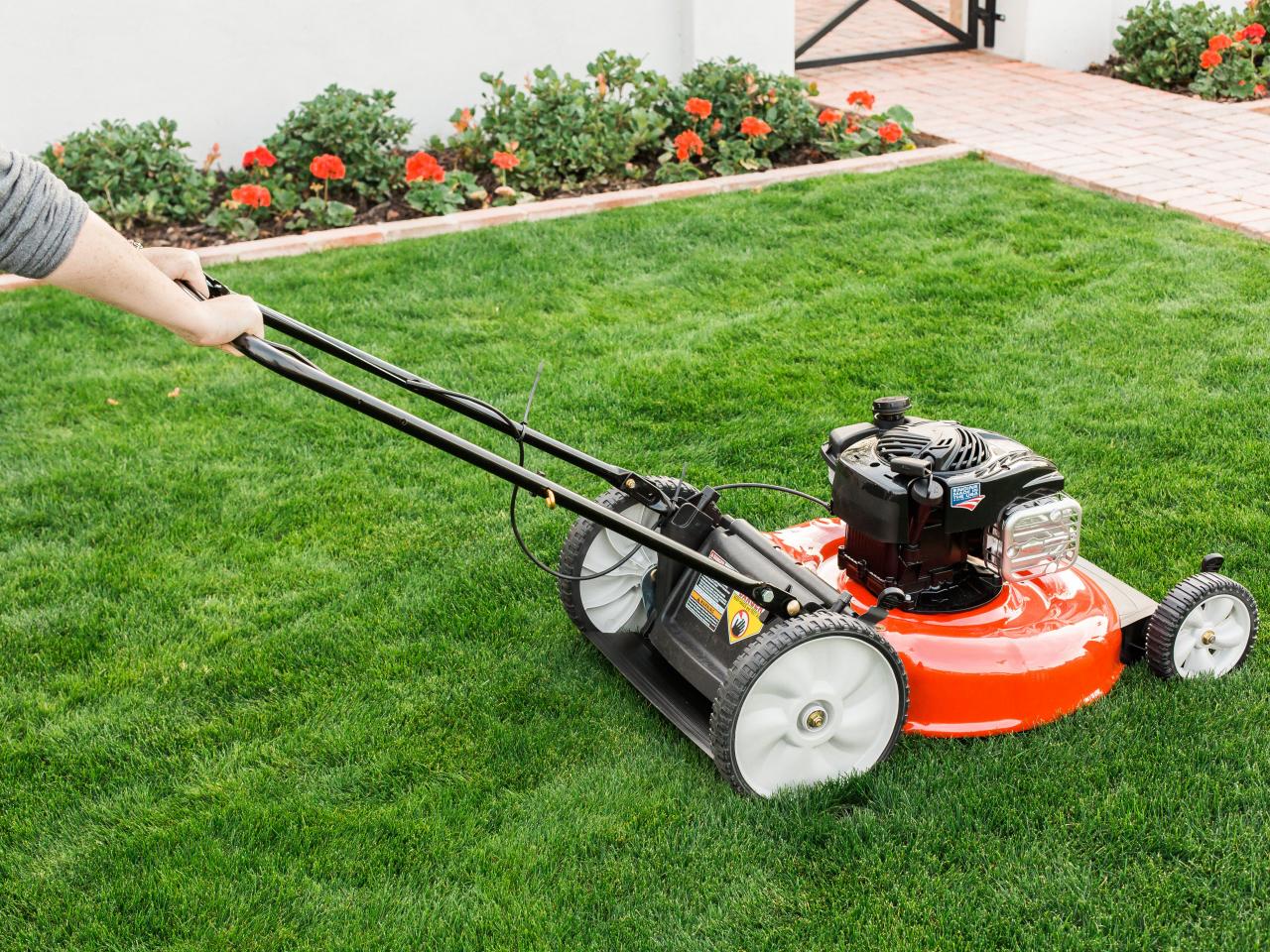
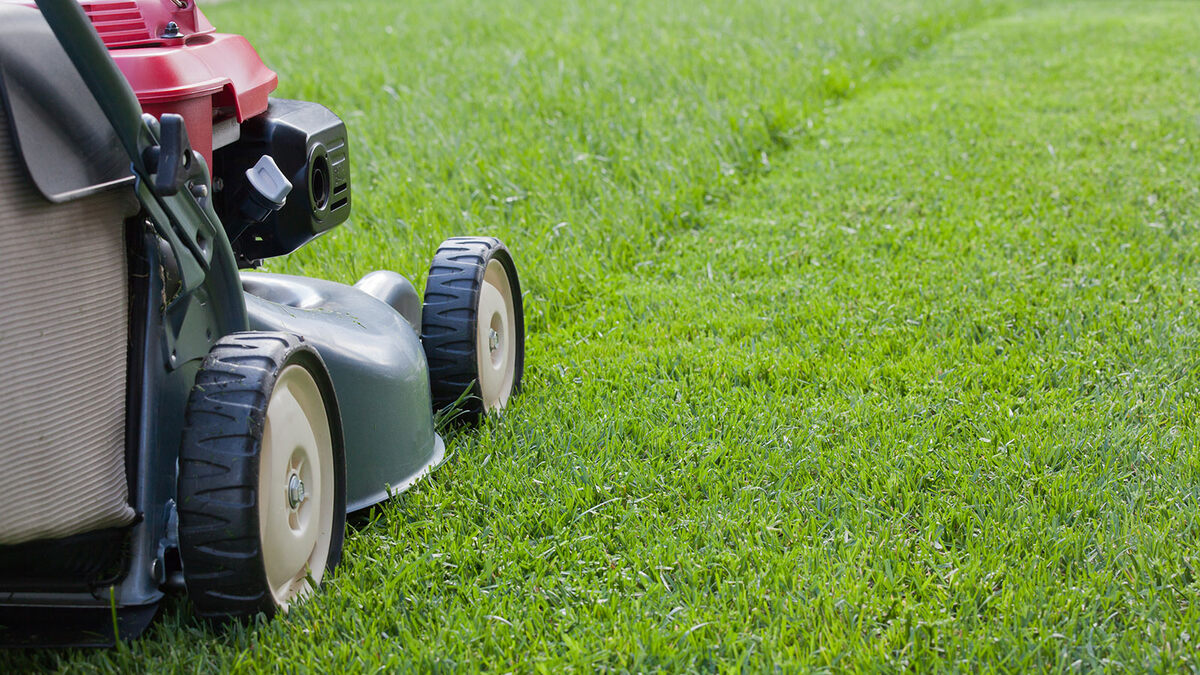
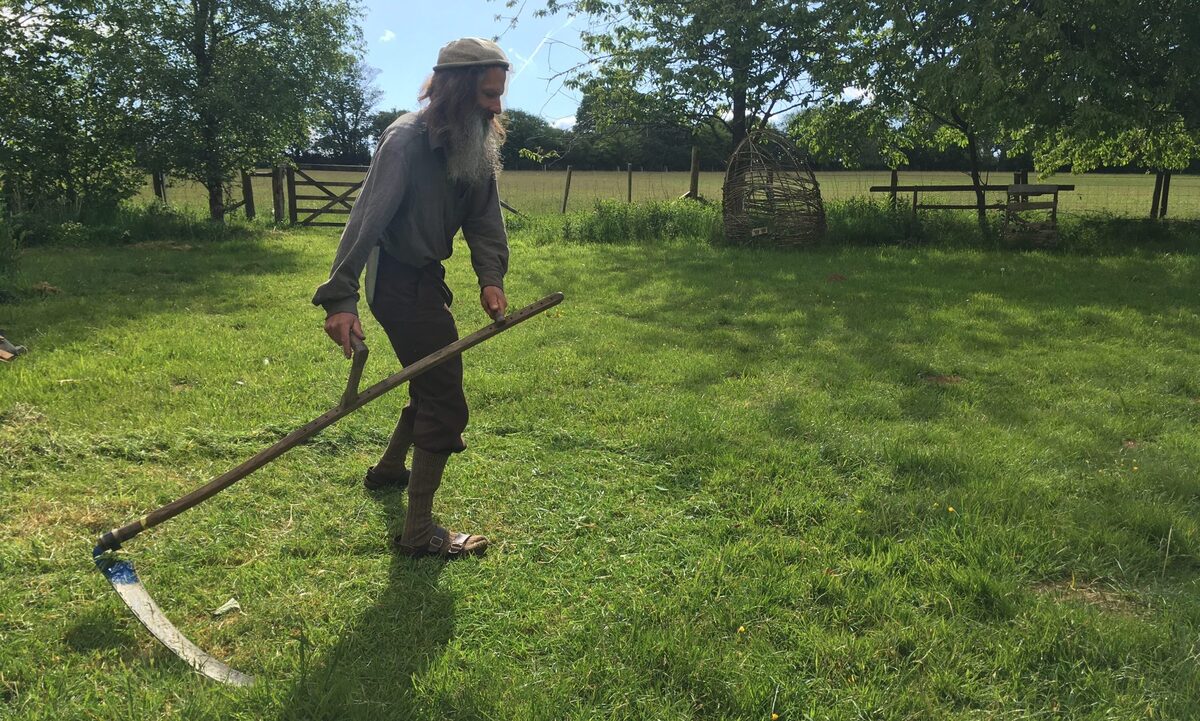
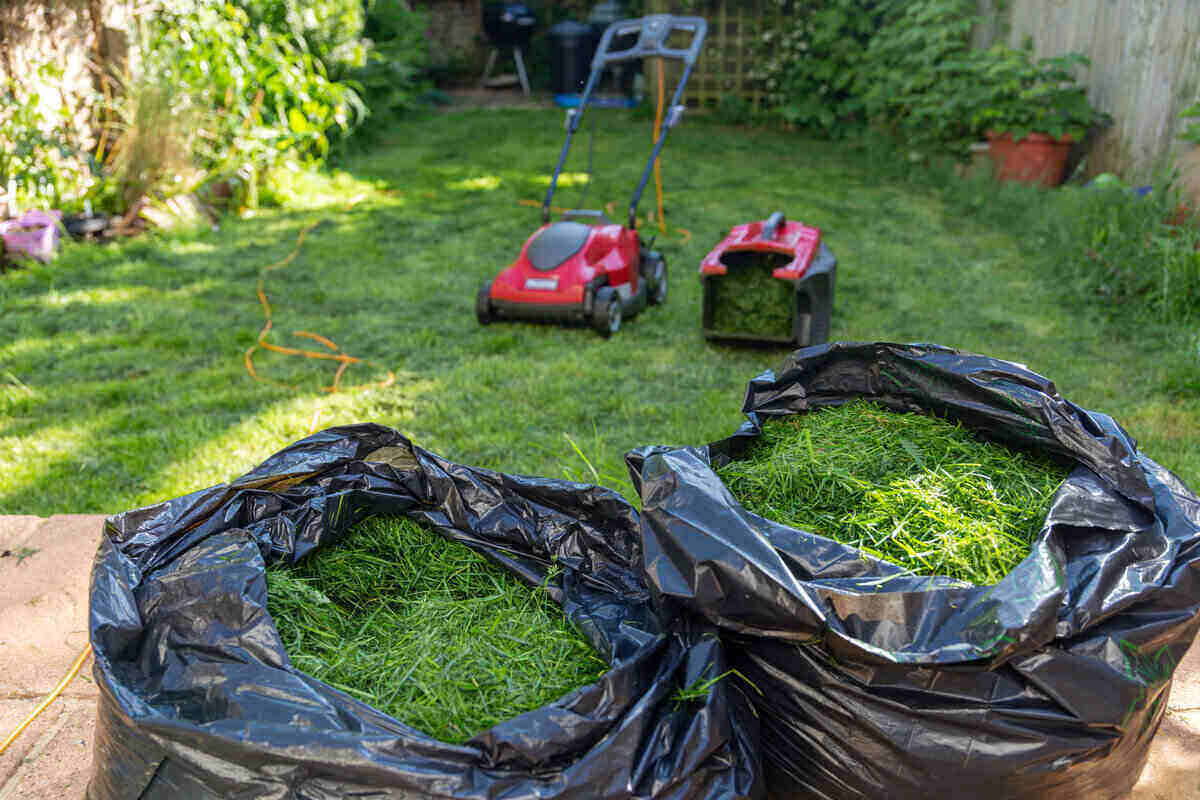
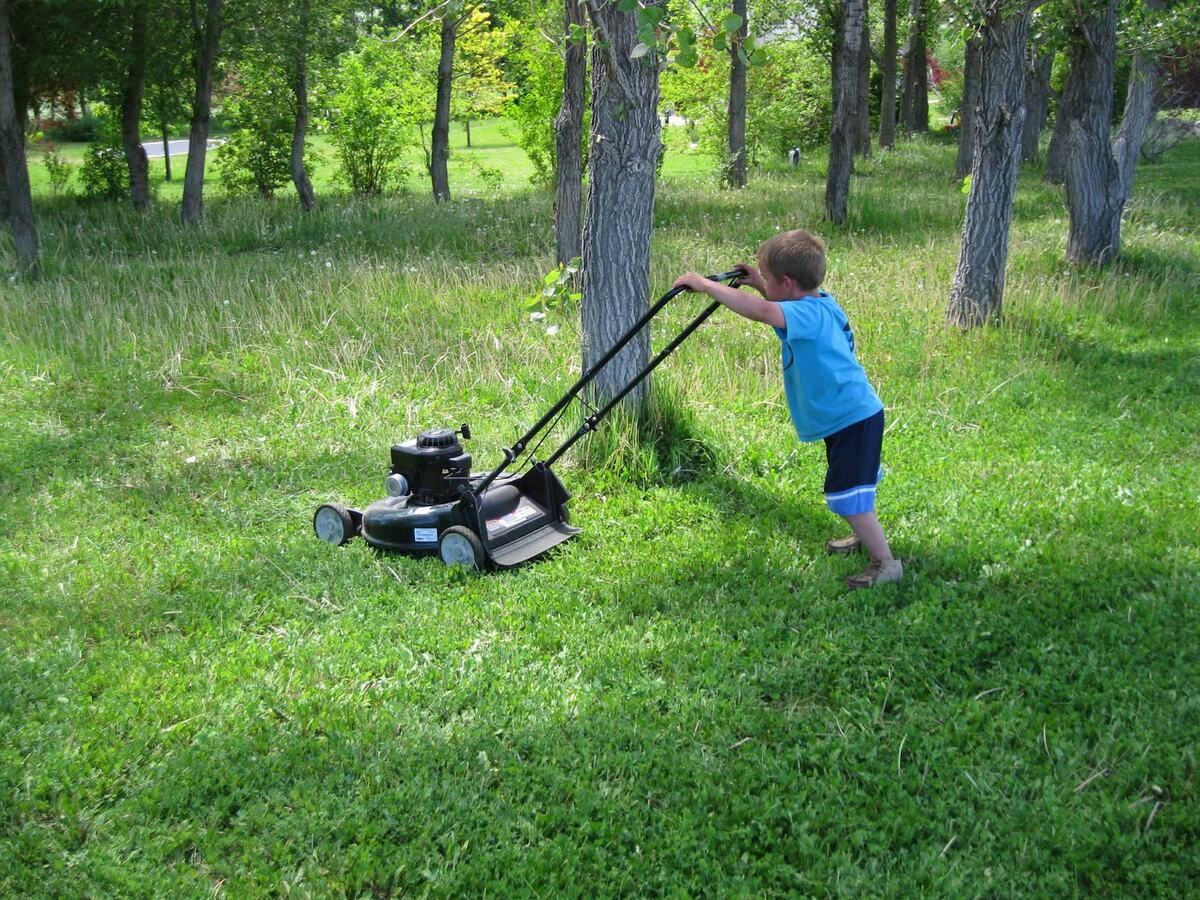
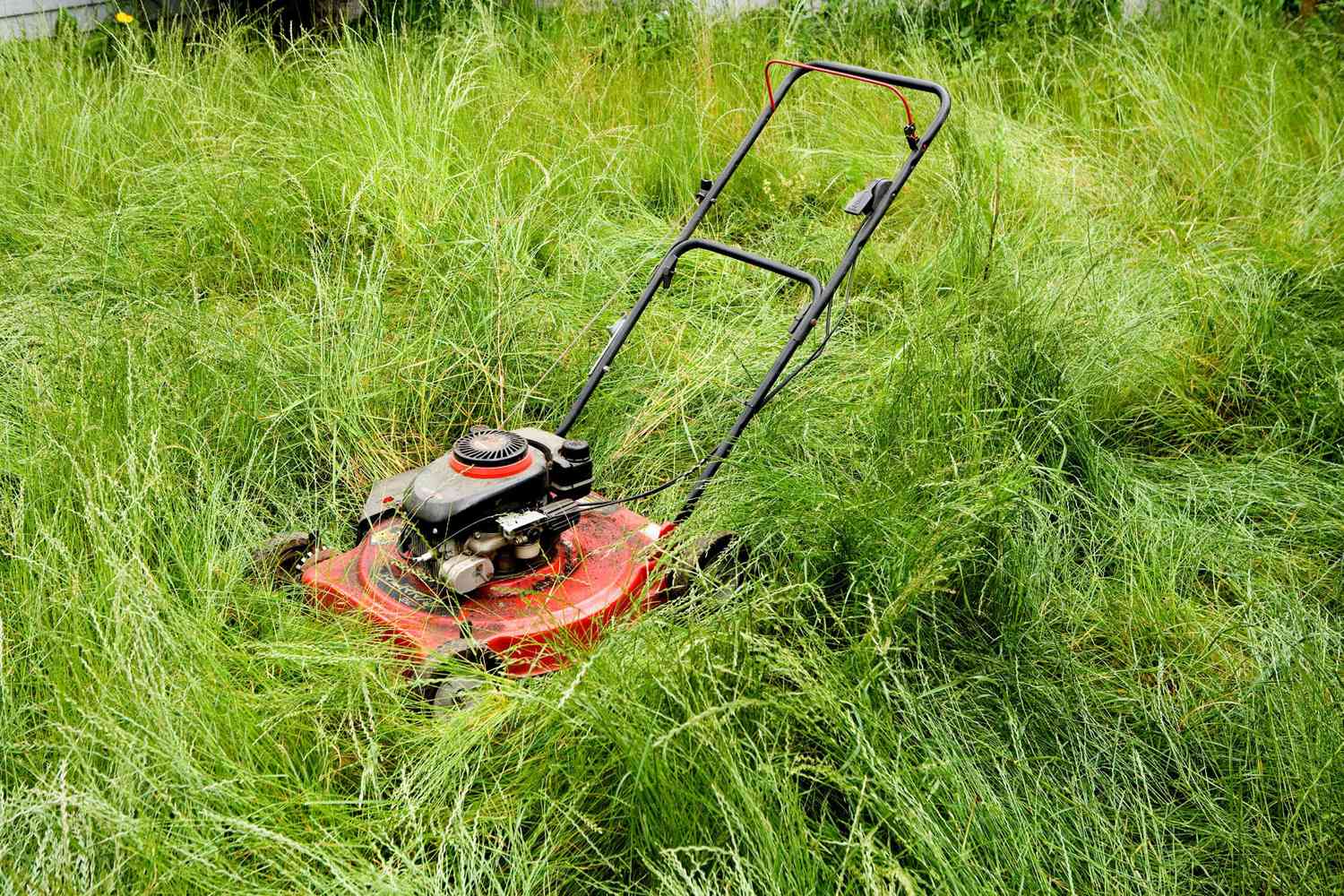
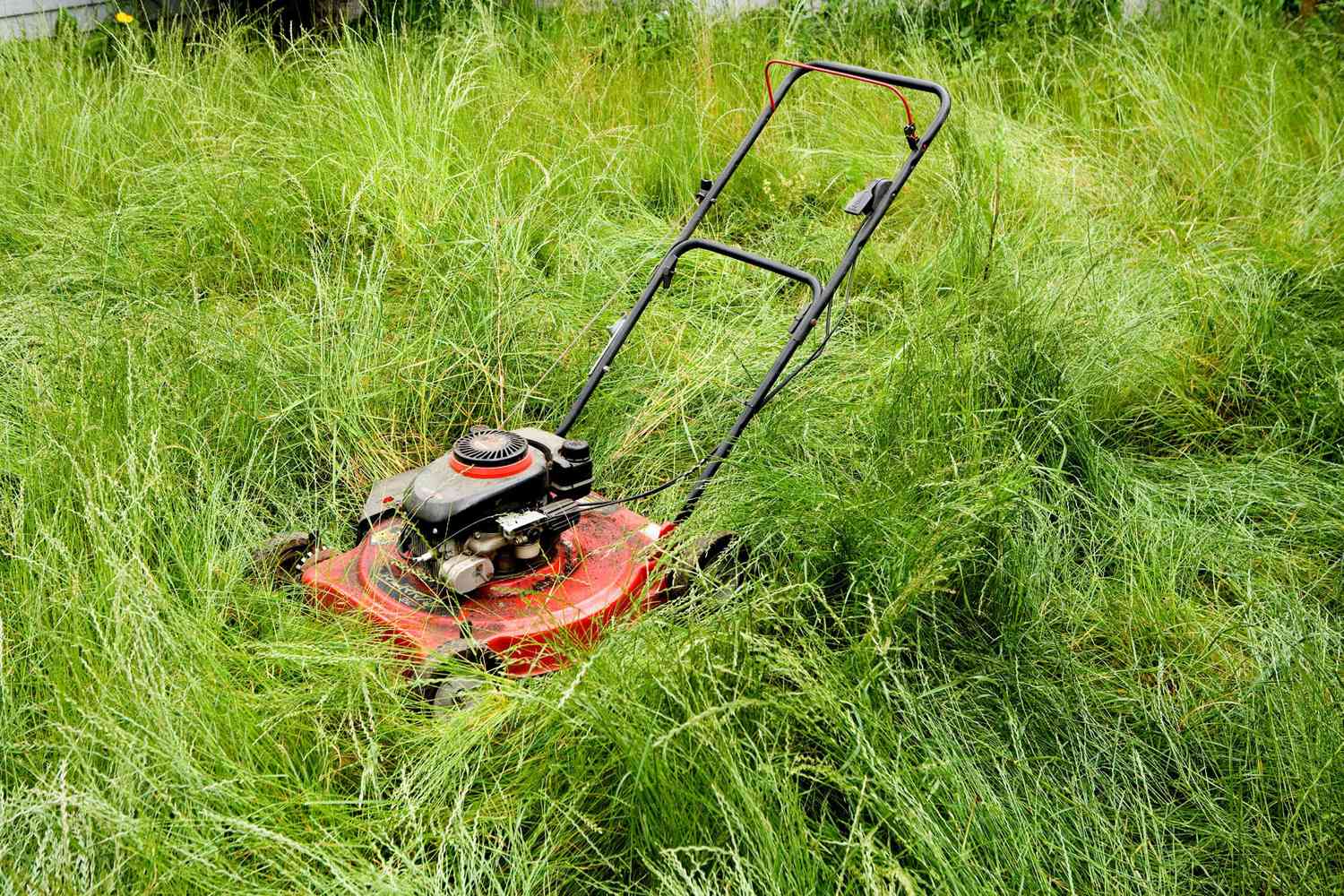

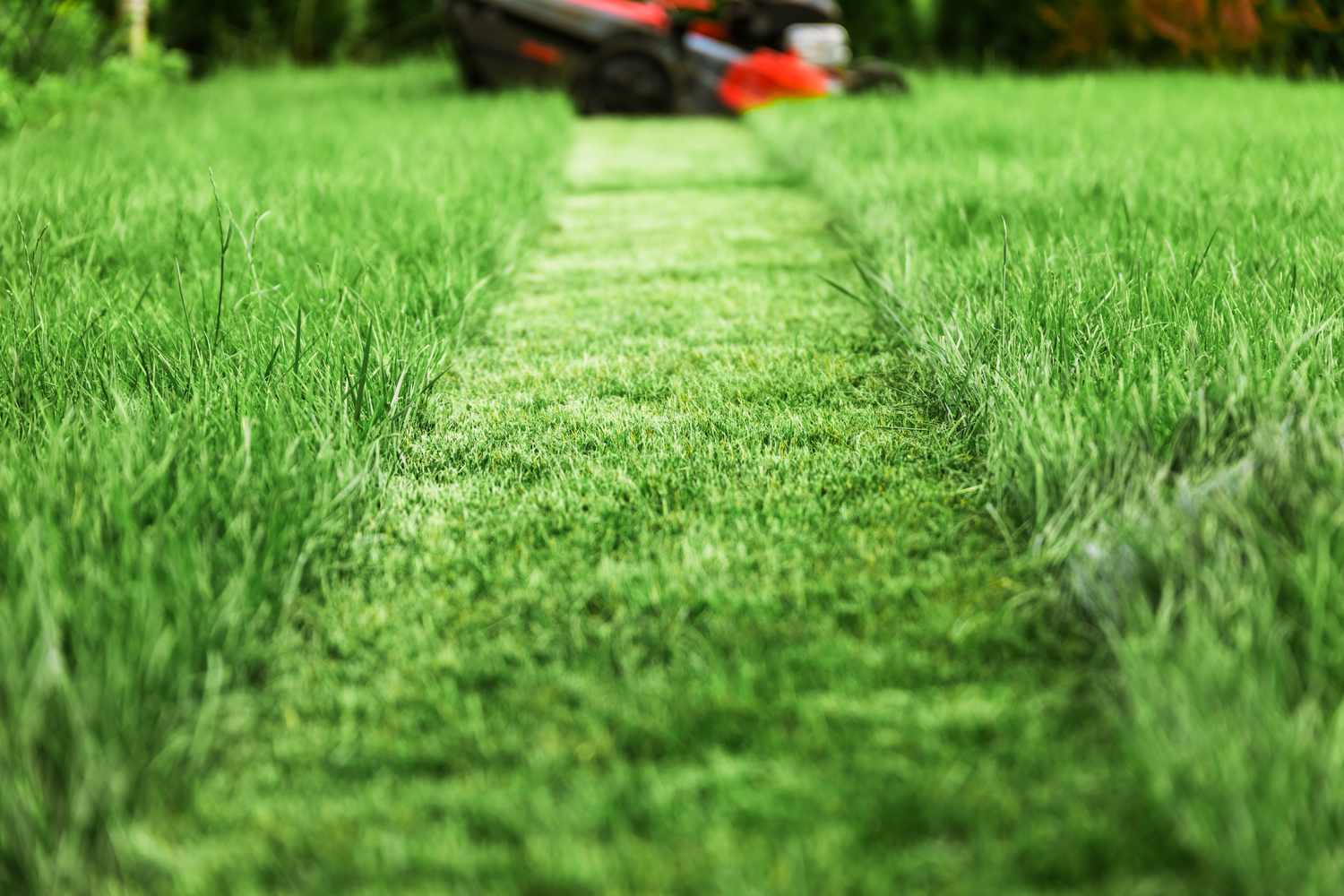
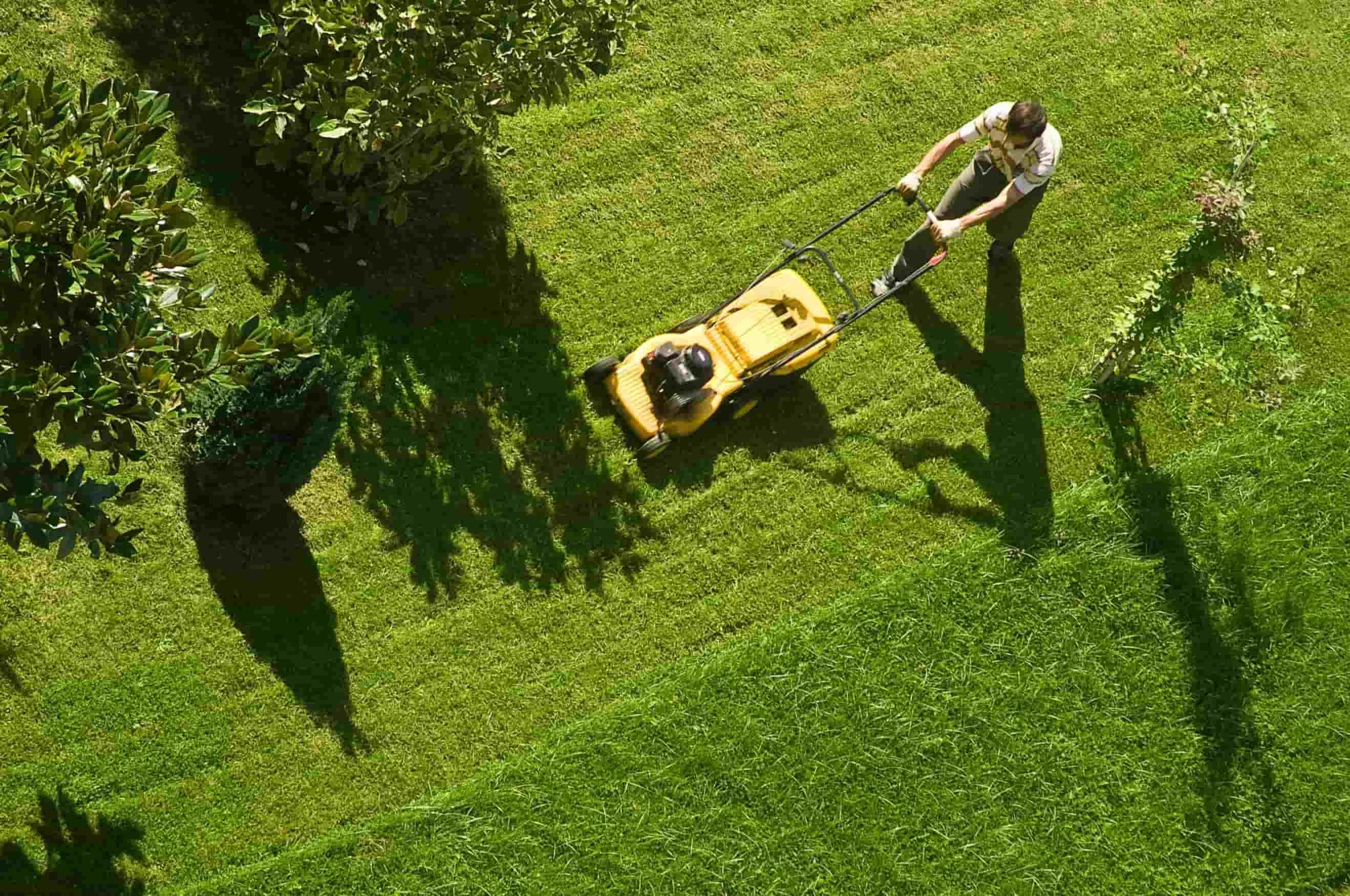
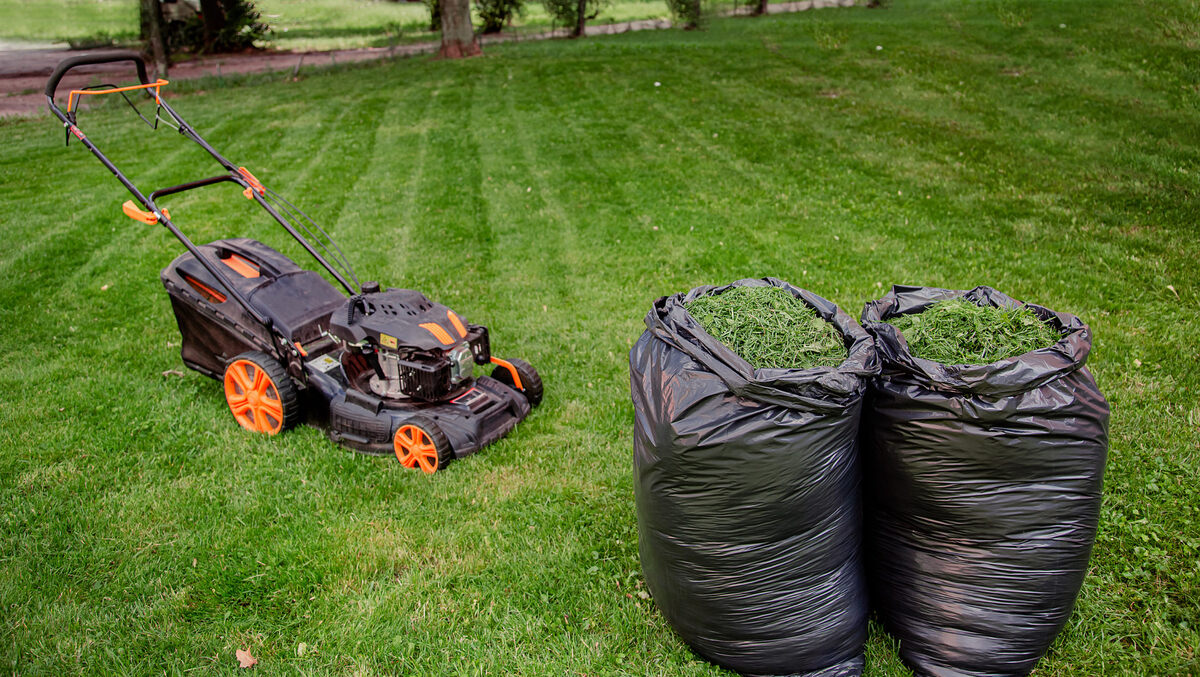

0 thoughts on “How Often To Mow The Grass”